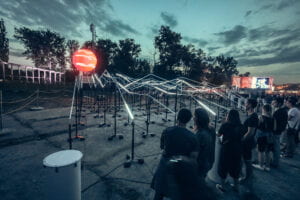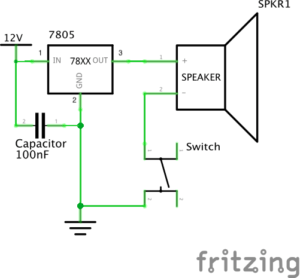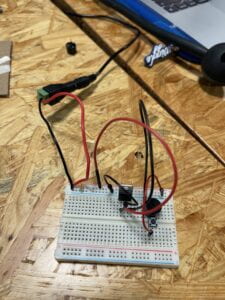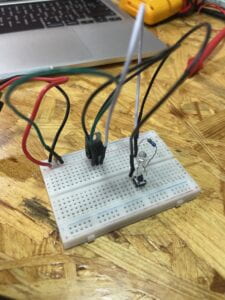Interaction can occur between people or between people and objects.
Interaction, in my perspective, is when you perform an action, engage with people or objects, and receive feedback.
One that aligns with my definition
“The Lightwave”
https://www.manamana.net/video/detail?id=70417#!zh

It is “an interactive light sculpture commissioned by one of the biggest music festivals in Poland.”
The appearance of light waves is determined by who is drumming. The faster the drumming, the faster the lights appear. This project aligns with my definition of interaction in that any action you take can result in corresponding feedback, which in this case is when you drum, the lightwave appears.
Each drum represents a long bulb tube that leads to a massive circle lamp. The lamps will turn on and off in time with the beat of the drum.
One that does not aligns with my definition of interaction

https://www.manamana.net/video/detail?id=1578178#!zh
The experience invites customers to wander through an interactive natural world—both real and digital
The pop-up is brought to life by a sensory-stimulating digital application that taps into the Coach Forever SS21 presentation’s palette and purpose. It is an experience that explores several tensions: the natural world and the city, legacy and the future of fashion, tactile leatherwork, and interactive technology, all through the prism of optimism and craft.
The reason, why I think it does not align with my understanding of interaction, is that there is no input and feedback. There are basically just segments of the screen moving around and sound creating an environment.





